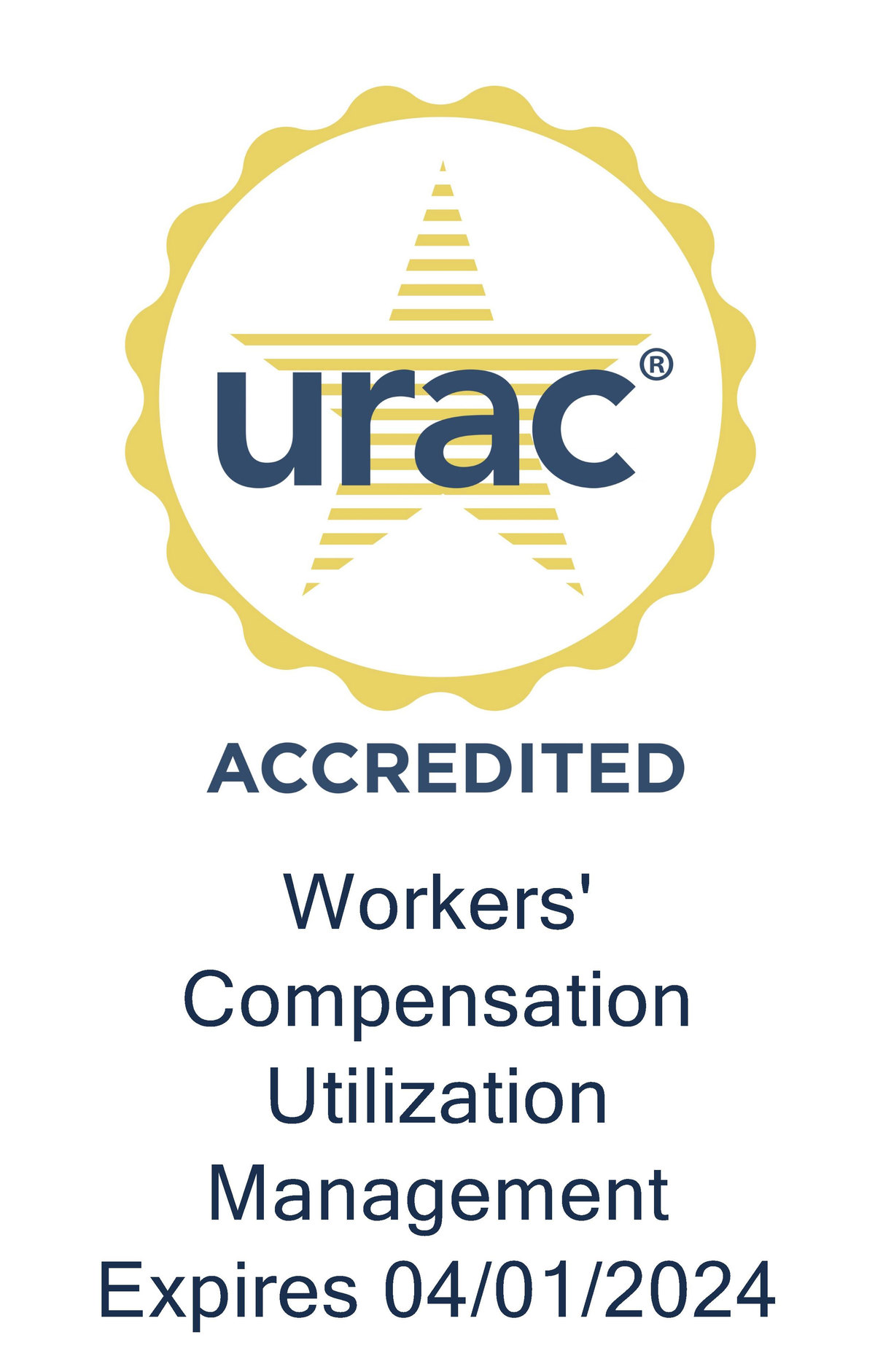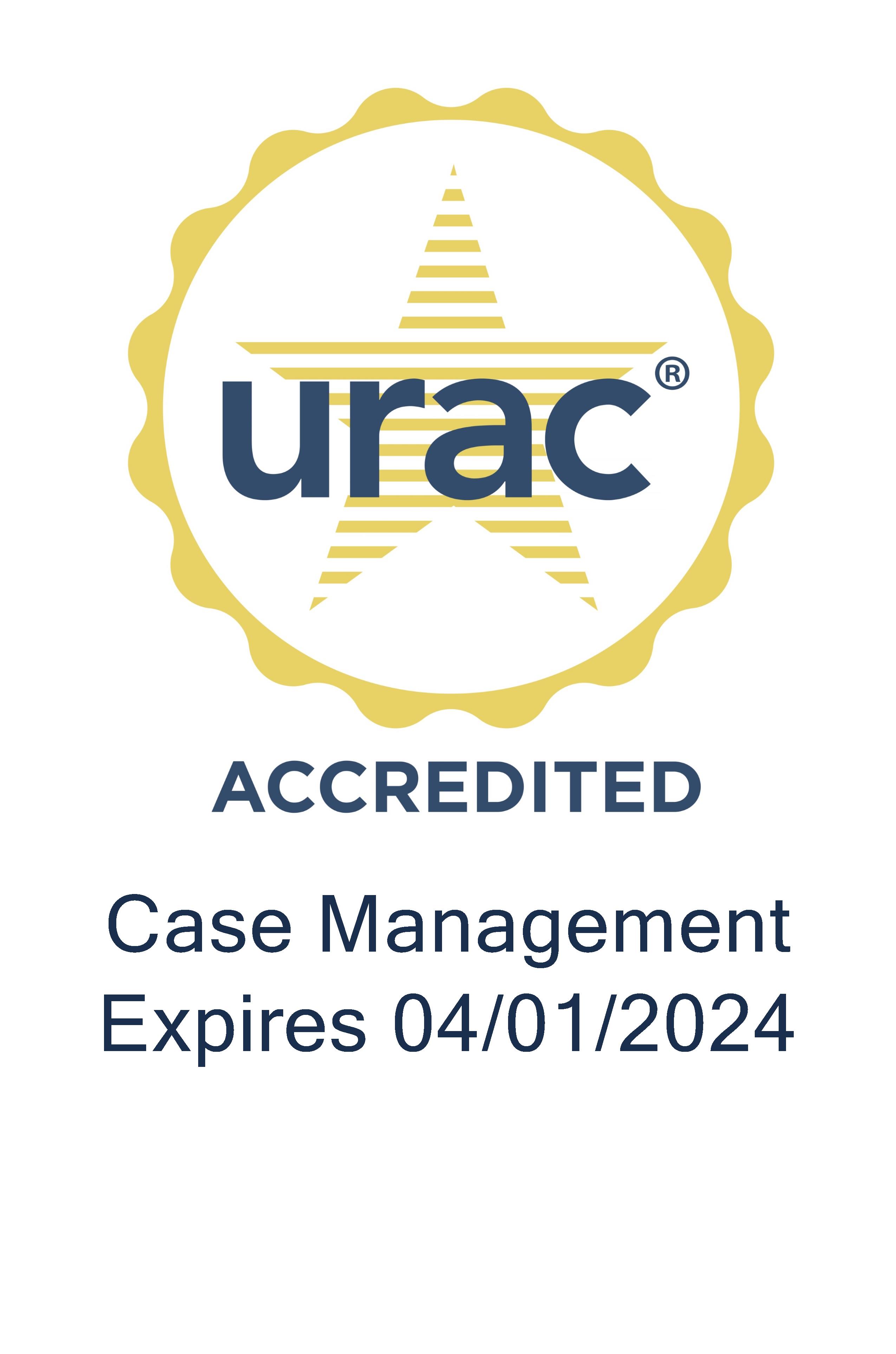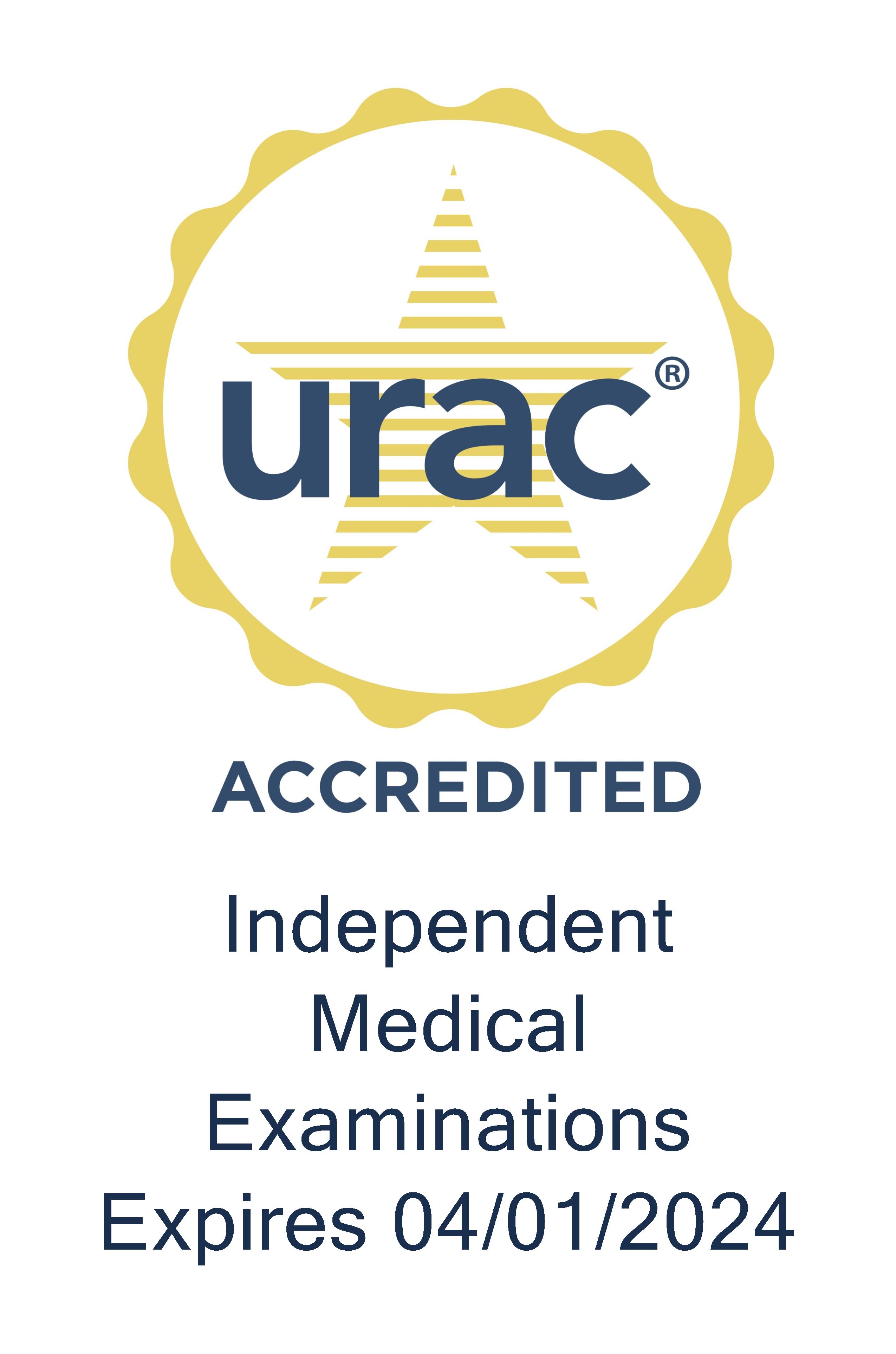Time was on the side of WCRI as it held its annual conference in Boston earlier this month just before coronavirus concerns reached pandemic levels. While handshakes and hugs were replaced with nods and elbow bumps, participants left the event with new insights on trends affecting the industry. Here to talk with us about it is Milann Dittman, senior data analyst at Genex Services.
{{ script_embed('wistia', 'bdezeegvil', ', ', 'inline,responsive') }}
Tom Kerr (TK): Milann, Thanks for joining us.
Milann Dittman (MD): Well, thank you, Tom.
TK: You’ve gone to many WCRI conferences. Was there something that made this conference different or unique from ones you’ve attended in the past?
MD: I think the topics. There was a nice range of topics this year. I can’t remember if it was the first or second one I went to, but it was when the opioid crisis was huge, and it seemed to be all they talked about. This year it was a nice range of topics, the generational differences, the economy, the mental health issues; so opioids was still a session, but it was only one session this time.
TK: For years, we’ve been talking about how the aging workforce will impact workers’ comp. What did presenters report regarding age factors?
MD: I think what surprised me the most was when they talked about how the injury rates are highest for younger workers. You would think that this population is more able‑bodied and wouldn’t incur as many injuries. But they cited several factors. One is they have less training, less experience and, they think they can take more risks because they think they won’t get hurt. Whereas, older workers are more experienced, more sensible, shall we say. So that did surprise me because you would think older workers would incur more injuries than the younger ones.
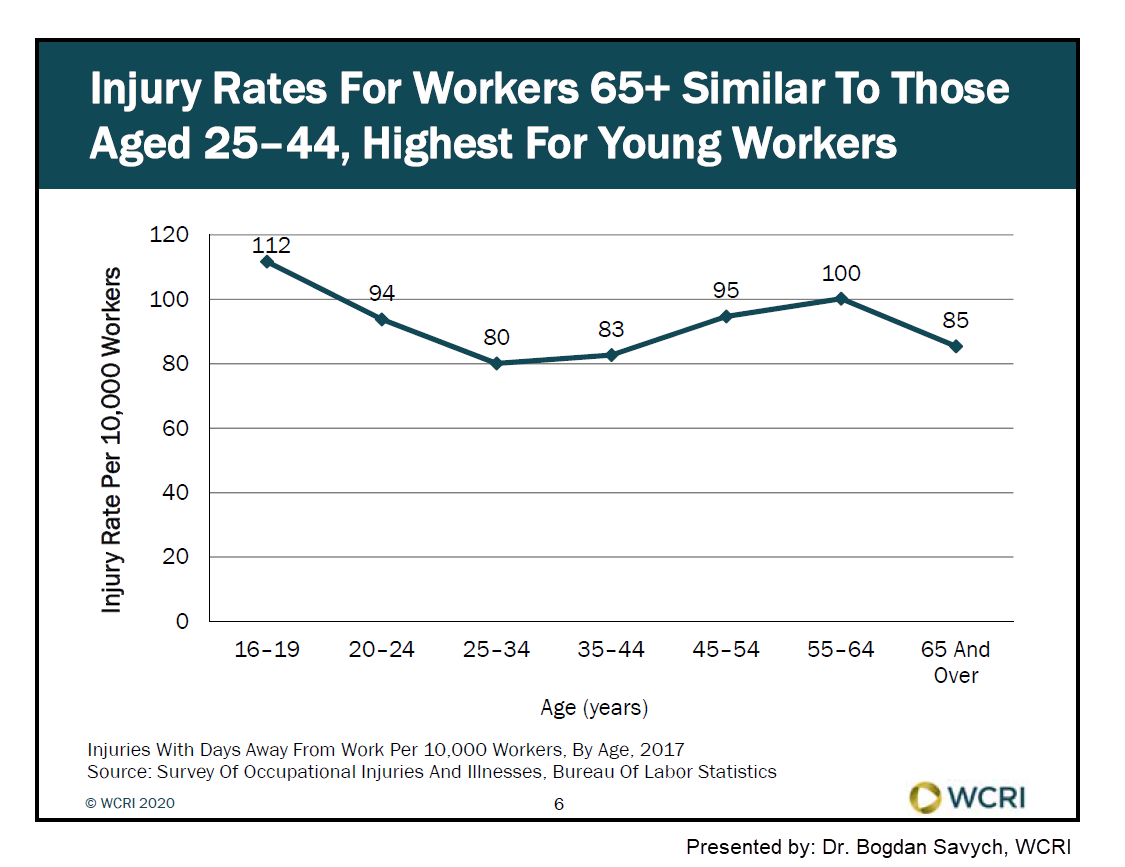
TK: What were a few of your biggest takeaways from the conference?
MD: I enjoy going to the WCRI conference. I always call it the intellectual conference, because there’s good information shared, and I feel like I can bring that back and use it when I’m looking at customers’ data to see how they compare, see what the trends are. And then also, when I’m presenting information to a customer, I can speak to it as well.
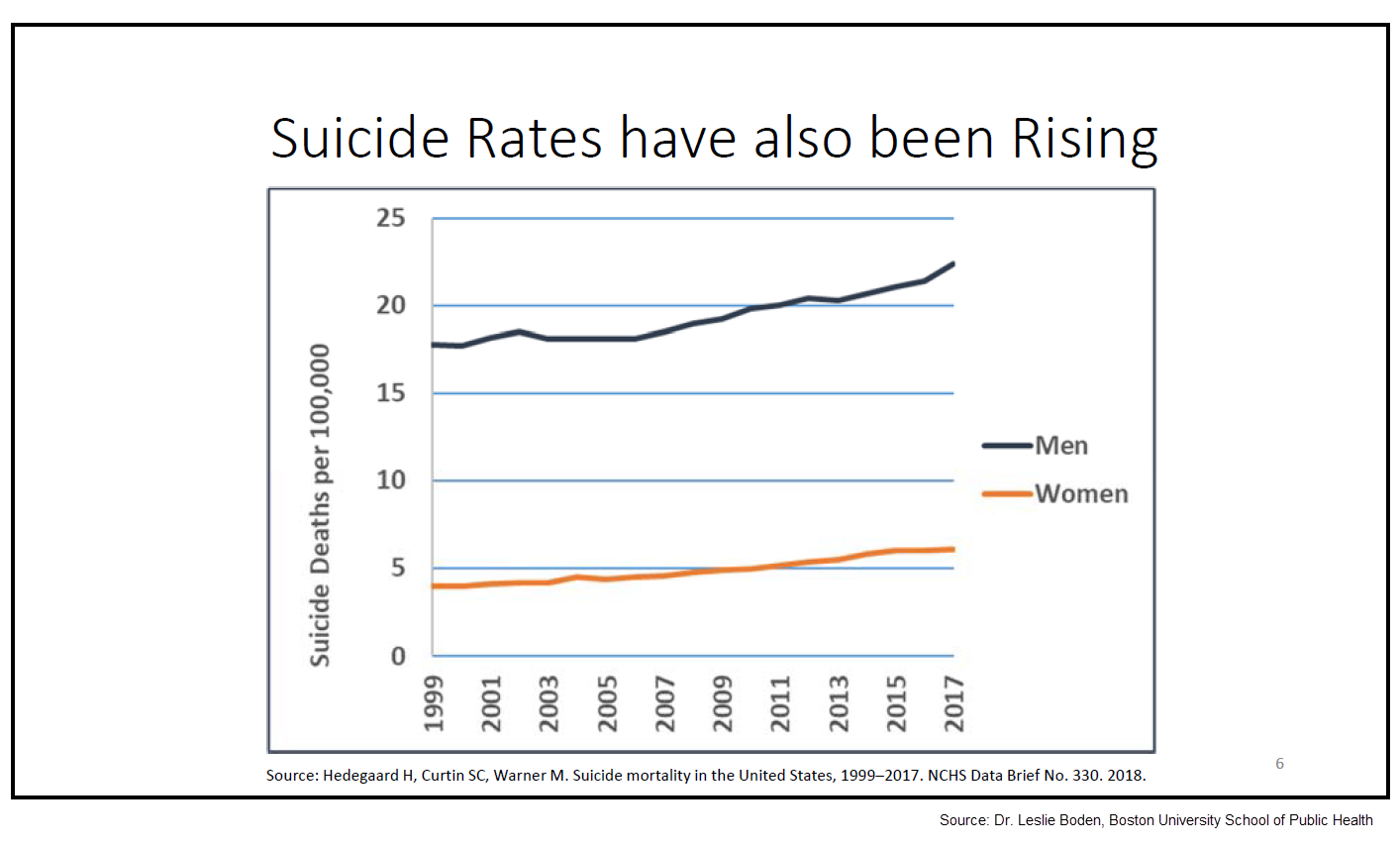
I think one thing that really struck me was the last session that focused on mental health of injured workers, and suicide rates among injured people who have been injured at work and are unable to recover fully. I’d never thought about it in those terms. You know, being in the business for years, you think when somebody gets hurt at work, we either get them back to work, get them to maximum medical improvement, perhaps retraining programs so they can go back to work to a different job. I never thought how the injury really affected their lives so much that they felt there was no out. One of the presenters spoke about programs his company has implemented to try to overcome these issues for people who are having struggles after being hurt at work. And he did say that companies that truly care for their injured workers by implementing reintegration programs are the ones who get their employees back to work quicker and in a better mental state of mind.
And then on the opioid discussion, the presenters focused on non‑pharmaceutical alternatives for pain management to wean people off opioids. And they said use of acupuncture is increasing, and physical therapy in general.

So that made me think, as I’m looking at customers’ data, if their pharmaceutical spend is going down, their percentages spend for narcotics and opioids is going down, but their physical therapy acupuncture or chiropractic care expenses are going up, I need to take a closer look at some of those alternative treatments to see if there’s a better balance there.
And then I always enjoy the “state of the states” discussions because it relates a lot to what I look for when I’m doing a stewardship. I’m looking at customers’ data, seeing what percentage of spend falls where, and facility office visits, and study the trends and spend of all states.
TK: Thanks, Milann. In our next Inside Workers’ Comp, we’ll discuss new tools to better manage your IME cases. Until then, thanks for listening.




